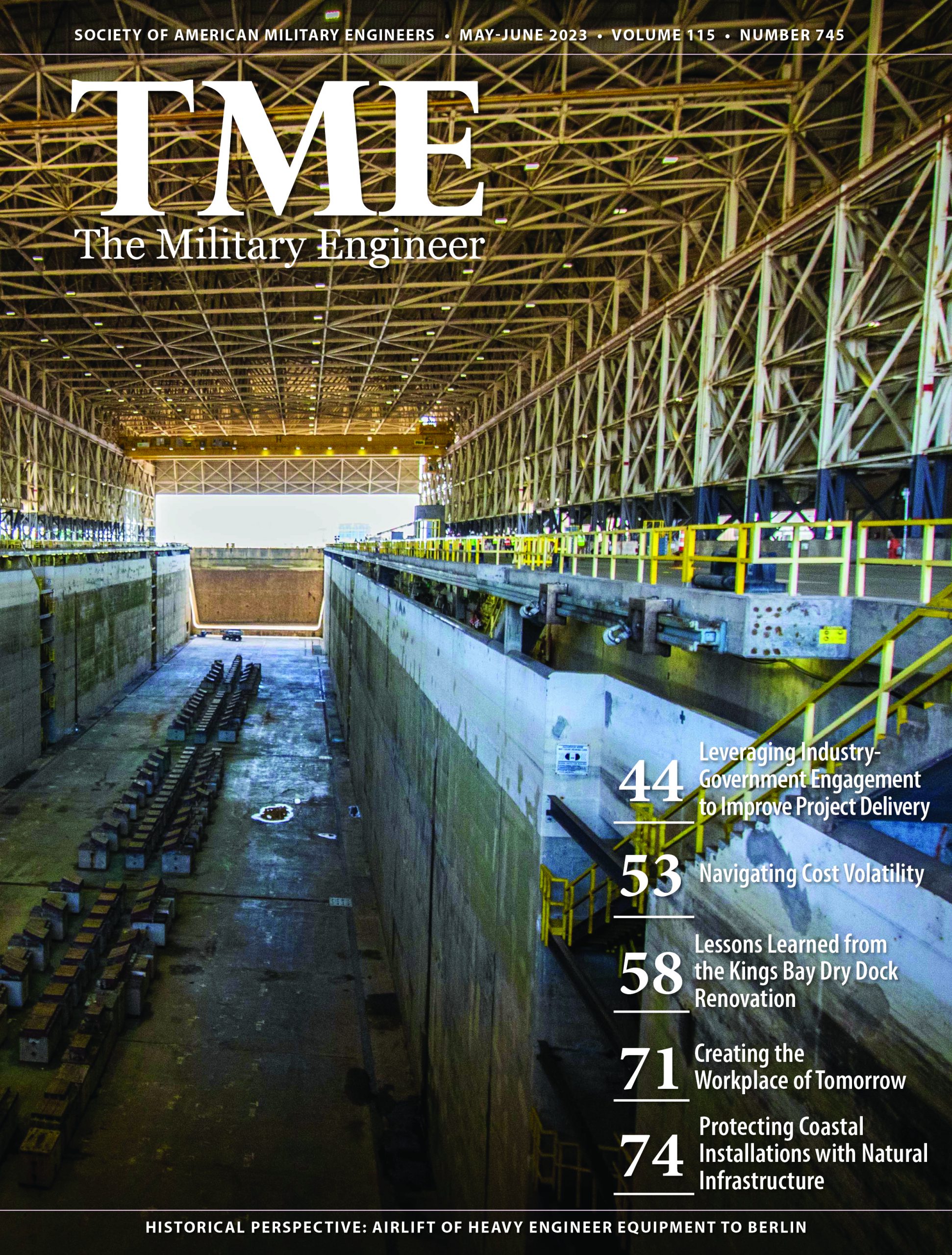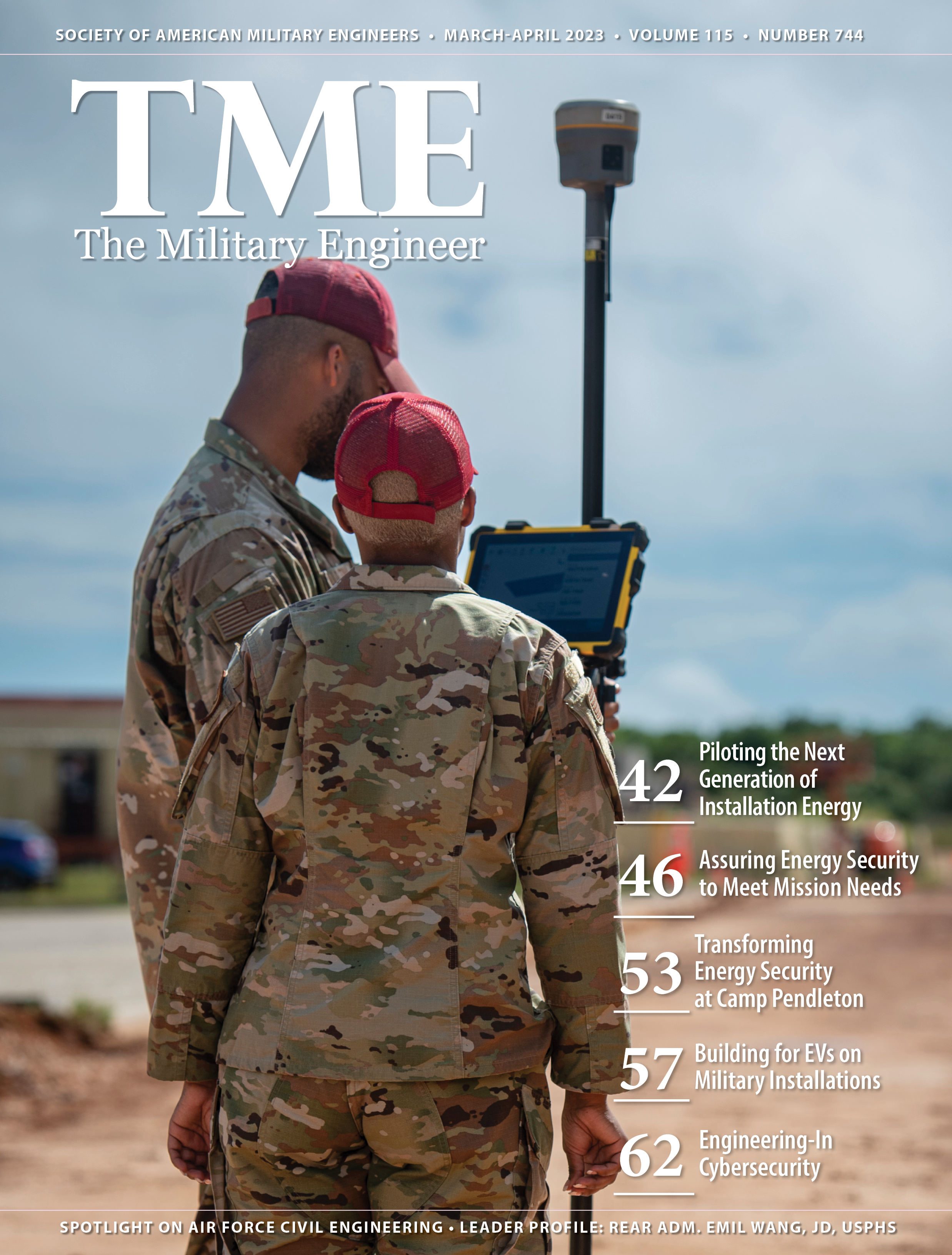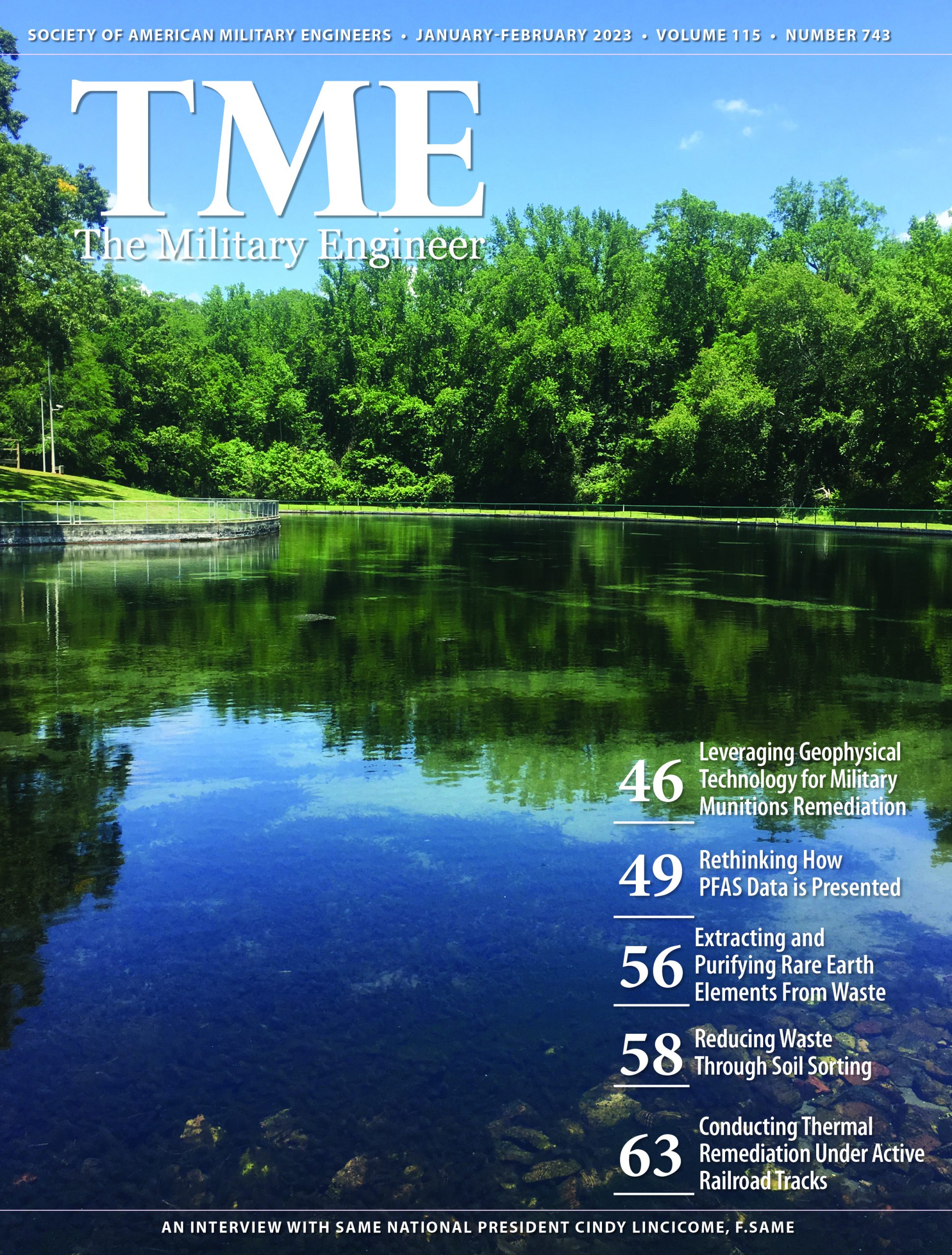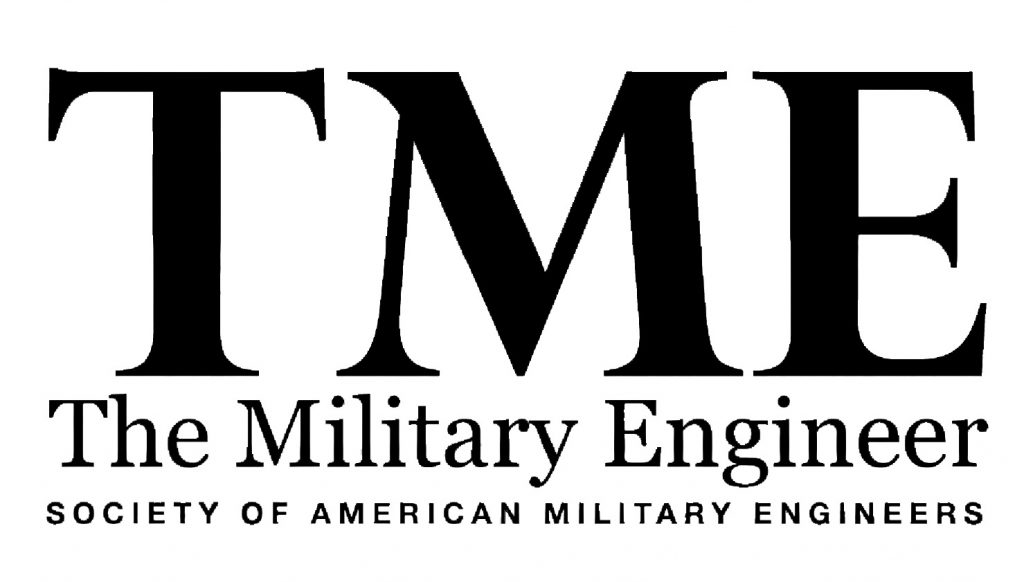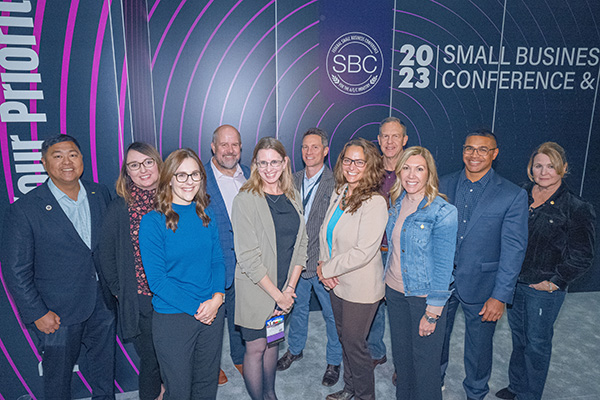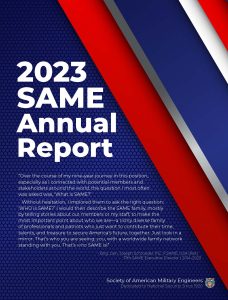
About The Military Engineer
The Military Engineer (TME)—since 1909 under its original masthead Professional Memoirs, and since January 1920 in its current form as the official journal of SAME—has been the leading voice championing the contributions, the achievements, and the legacy of military engineers and those aligned with ensuring the national security of the United States.
TME is a bi-monthly publication. Each issue of TME magazine includes technical articles authored by subject matter experts throughout military, government, industry, and academia; stories and features from across SAME; and news related to engineering, energy, resilience, technology, and other subjects aligned with national security.
Current Issue
-
 TME July-August 2024The July-August 2024 issue of TME features articles on water planning & management and the 2023 SAME Annual Report.
TME July-August 2024The July-August 2024 issue of TME features articles on water planning & management and the 2023 SAME Annual Report.Featured Articles
-
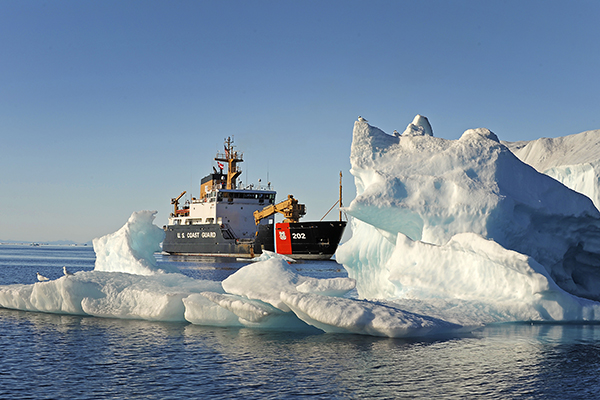
The Northernmost Theater: A Crucial Frontier for National Security
-
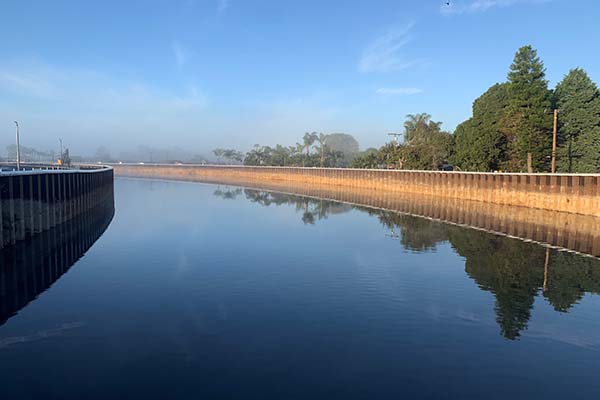
Mitigating Flood Risks in Orange County
-
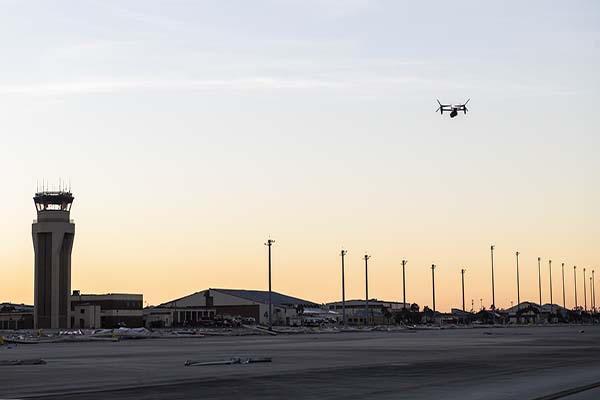
Assessing Compounding Risks of Airfield Flooding
-

Evaluating Installation Water Security Needs
-
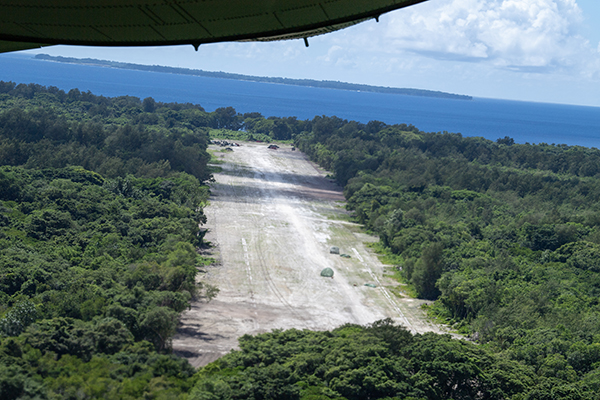
Hub and Spoke Modeling to Support Agile Combat Employment
-

Gaining Real-Time Water Leak Detection
-
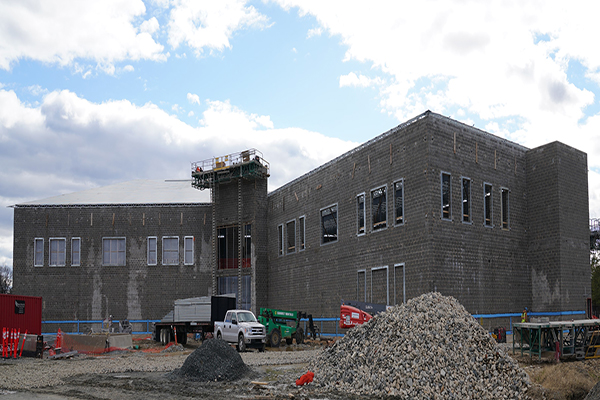
Pricing Military Construction in a Dynamic Market
-
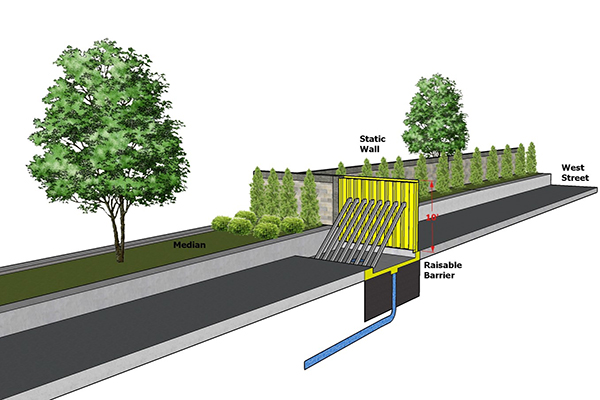
Protecting Military Facilities From Flood Risks
-
Recent TME Issues
- « Previous
- 1
- 2
- 3
- 4
- Next »

Recent TME Articles
-
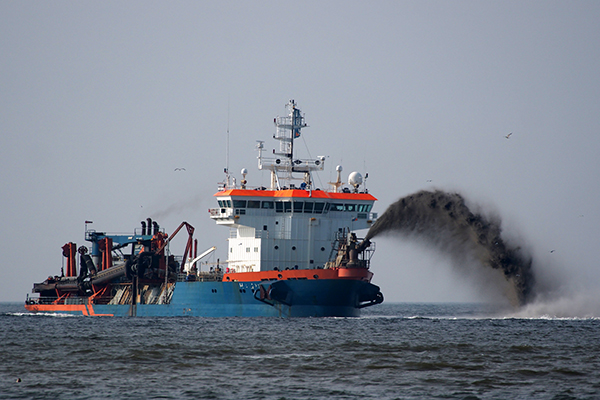
Modernizing Dredging Quality Management
A project to migrate a national dredging database and tracking system for the U.S. Army Corps of Engineers to a cloud service provider required taking several unique considerations into account in order to ensure seamless service and address future capability and security needs. -
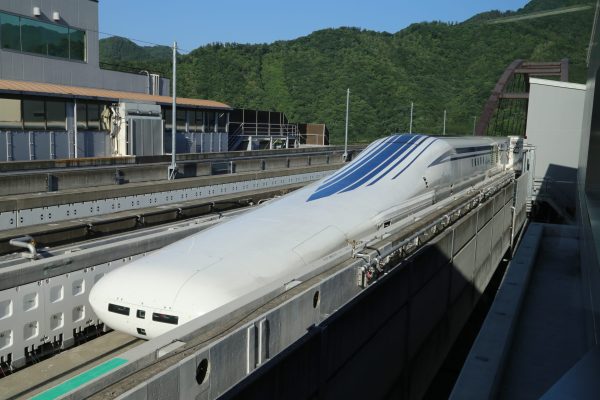
Developing a Maglev Network for National Defense
A transportation network leveraging superconducting magnetic levitation technologies would bring benefits for logistics, surface transportation, and energy storage, as well as strengthen national defense priorities and the defense industrial base. -
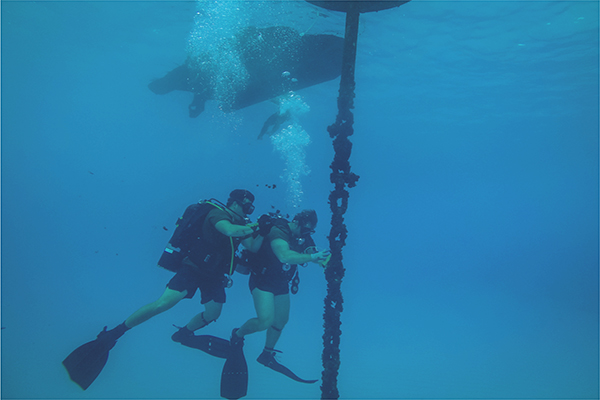
Meeting Training Needs with a One-of-a-Kind Diving Facility
In the planning process of a new Expeditionary Maritime Operations Center at Joint Expeditionary Base Little Creek-Fort Story, close collaboration and careful design was necessary to provide a path forward for a substantially deep training pool and meet the needs of advanced diving teams and other maritime operators. -

Delivering Successful Projects for USACE Far East District
Establishing a physical presence in Korea and collaborating with local contractors can assist U.S.-based firms in successfully delivering federal projects on the peninsula. -

Safeguarding Assets at the Jersey City Medical Center
A federally funded micro-resiliency project to enhance flood protection for the Jersey City Medical Center required navigating operational challenges and developing a complex phased construction approach. -
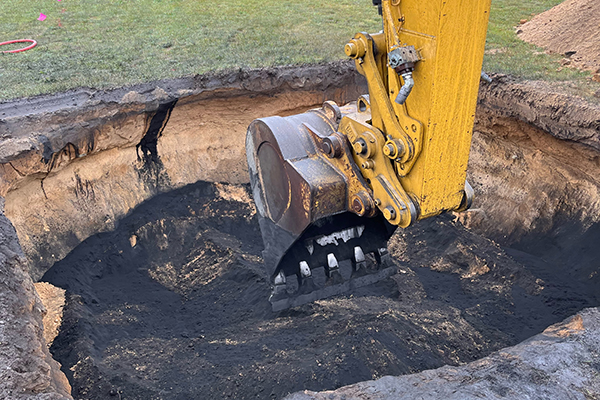
Regenesis Offers Full-Spectrum PFAS Remediation
For project stakeholders and remediation managers confronted with PFAS, Regenesis demonstrates why in situ treatment using Regenesis’ PlumeStop® colloidal activated carbon (CAC) is a game changer.
Looking for older content? Visit the TME Archives, or contact editor@same.org.


